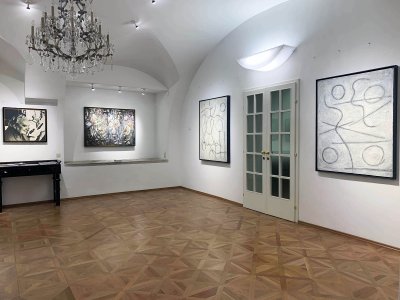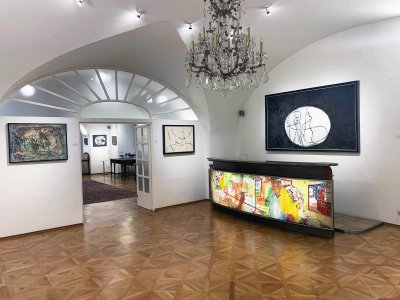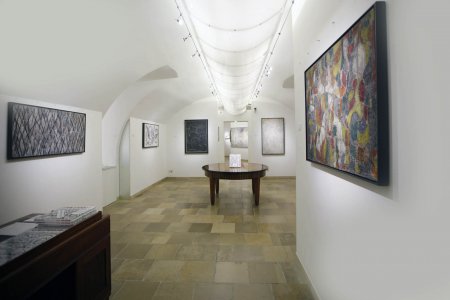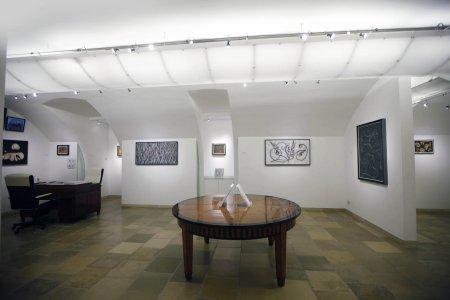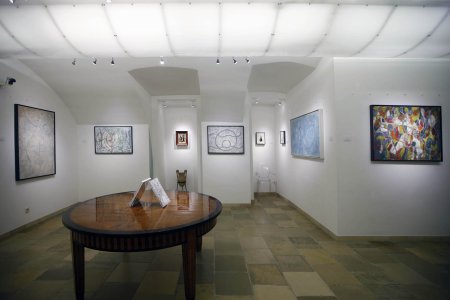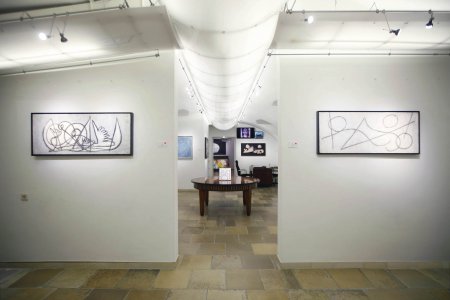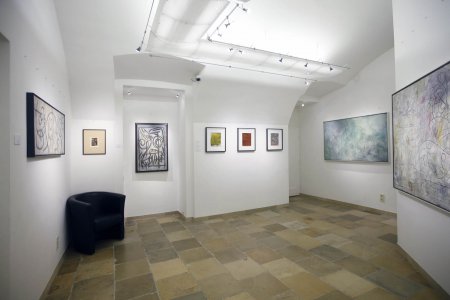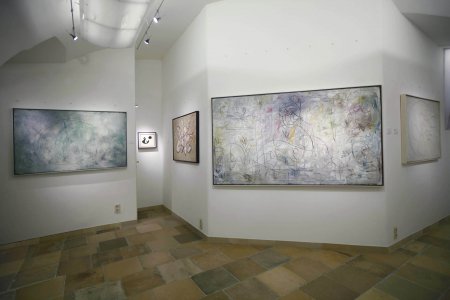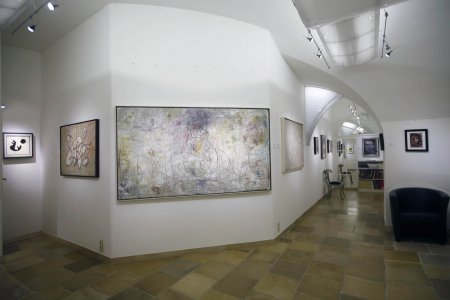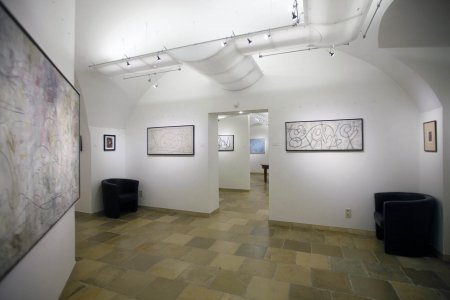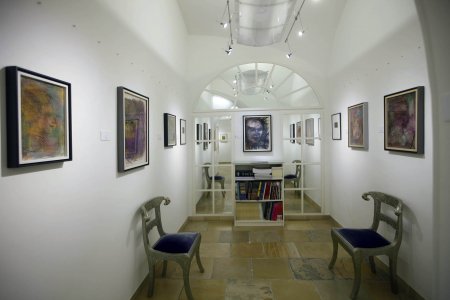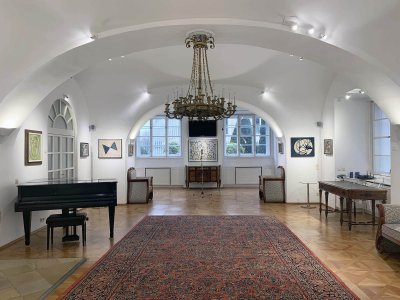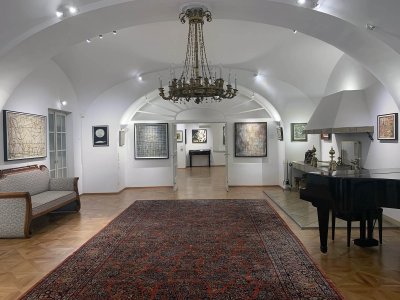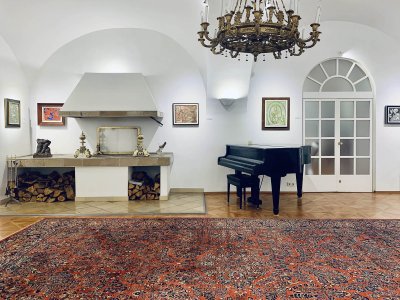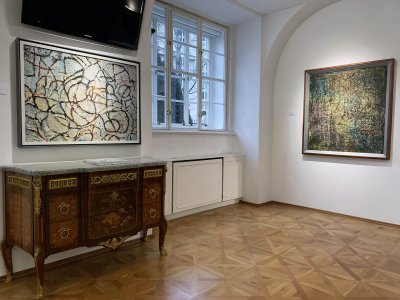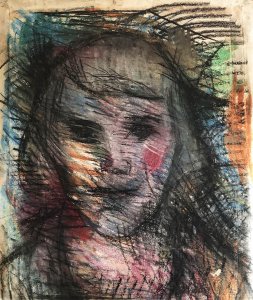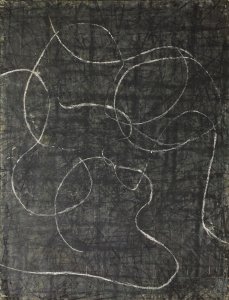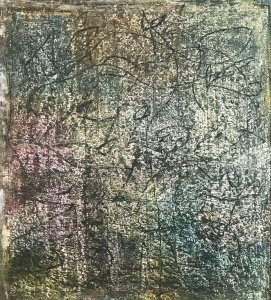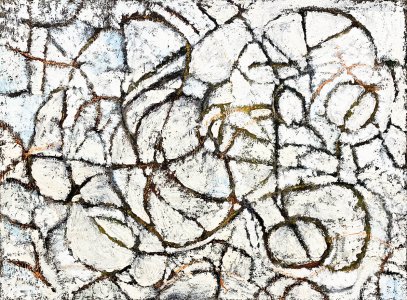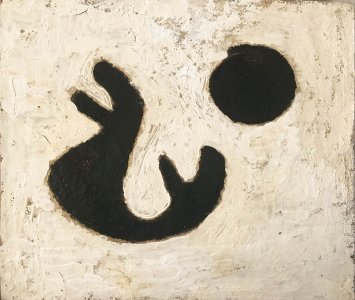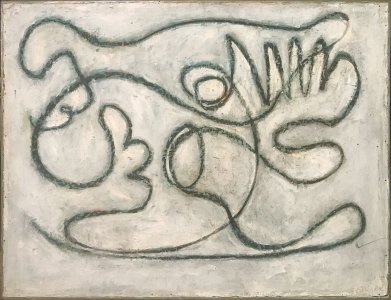RUDOLF RAY (1891 - 1984)
PAINTER BETWEEN WORLDS
On the occasion of Rudolf Ray's first Viennese exhibition in 1934, Oskar Kokoschka honored his fellow painter while viewing his expressive, psychological figurative portraits with the words: "Rudolf Ray is pure Expressionist" and announced his art as a "revolution". Since the beginning of his artistic career it was of particular importance for the artist to penetrate to the very essence of the depicted. At the same time he was extremely attracted to Indian philosophy, why he has been touring the most diverse regions of India since the beginning of the 1920s.
In 1937 he exhibited several times in Paris, but the following year because of the impending political situation by the Nazis, forced him as a Jew to emigrate, first to France, until he finally embarked in 1942 to New York. On the refugee ship he met with Marcel Duchamp.
In 1944 Ray had a solo show in Peggy Guggenheim's gallery 'Art of this Century' with his new abstract paintings. The US art critic Clement Greenberg called Ray in 1948 in a sentence with Mark Tobey or Jackson Pollock, when he describes in The Crisis of the Easel Picture, the departure of contemporary artists from traditional panel painting to "all-over" painting.
The international art critic Sir Herbert Read referred in particular to the works of Ray and their starting point in the Vienna of Freud and Kokoschka: "... they are symbols of an inner or subjective reality". In Austria, city council for culture and art Viktor Matejka's task was to bring ostracized artists like Rudolf Ray or Oskar Kokoschka back to Austria. In 1955 Ray had a solo show at the Willard Gallery in New York and was invited in the same year to participate at the annual exhibition Contemporary American Painting at the Whitney Museum. Among the exhibiting artists there were Josef Albers, William Baziotes, Franz Kline, Joan Mitchel, Ad Reinhardt or Marc Tobey.
Between 1956 and 1959 Ray lived again in India and presented recent works in two major exhibitions, 1956 in Bombay, and 1959 in New Delhi. In 1960, Ray initially intended to move from New York for two years to Mexico, but remained there until 1974. A comprehensive exhibition of his late work took place in 1963 at the Grand Central Moderns Gallery in New York. The artist himself described the works exhibited there as Transcendental Paintings: "What remains last - the signs, ciphers, intricate lines and coordinated color shades - is in truth the result of a process of weeks or months of abstraction".
The Vienna Secession honored Rudolf Ray with an exhibition in 1970, after the one through Viktor Matejka initialized for 1956 unexpected had to be cancelled because of the Hungarian uprising.
Works by the artist are in the collections of Albertina Museum Vienna, in the MUMOK, Vienna, in the Metropolitan Museum of Art, New York, in the Tel Aviv Museum, and in numerous private collections in the USA, Israel and Europe.
With this retrospective and the accompanying monograph Suppan Fine Arts wants to rediscover the forgotten work of the Austrian-American artist 35 years after the death of the cosmopolitan.
Exhibition: November 28. - December 21. 2019
Opening Speaker: Dr. Klaus A. Schröder, Director Albetina Museum
Location: Palais Coburg, Seilerstätte 3C, 1010 Vienna
Publication: A monograph was published on the occasion of this exhibition

